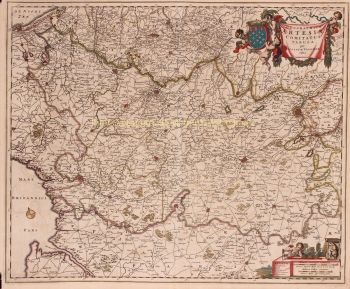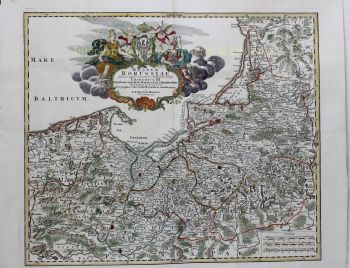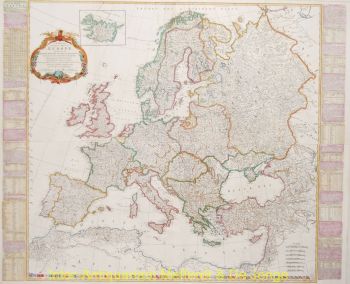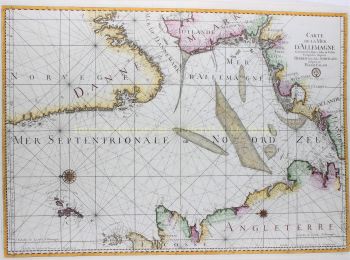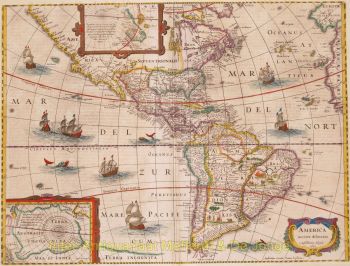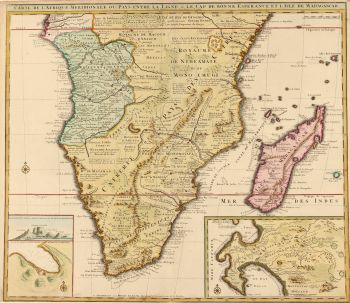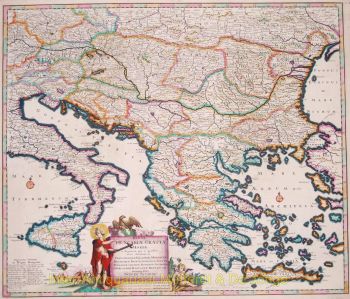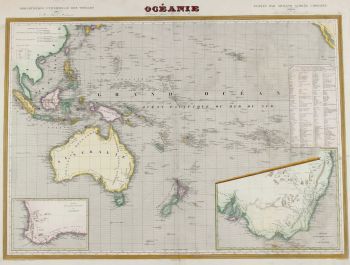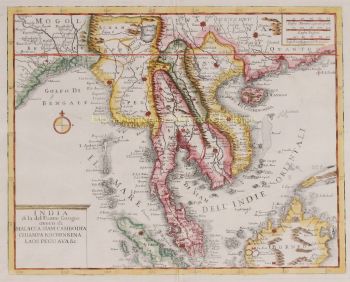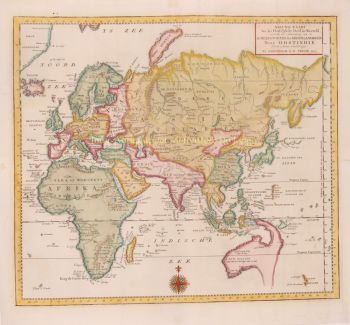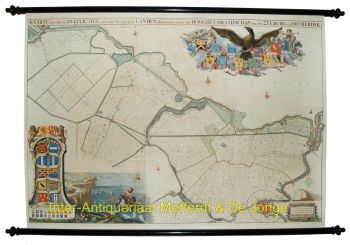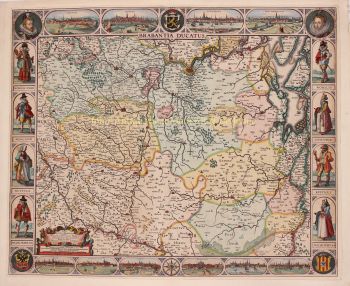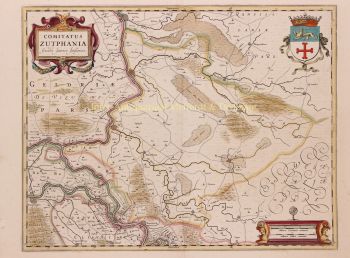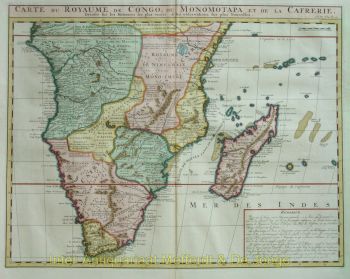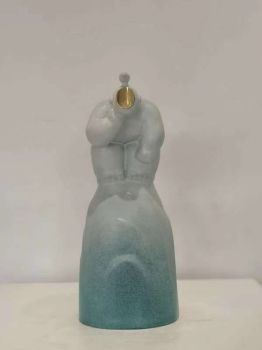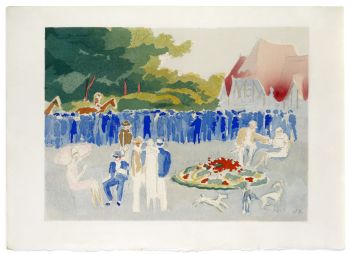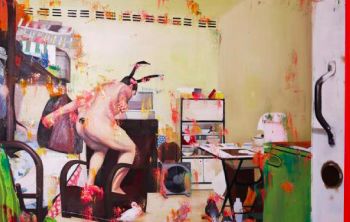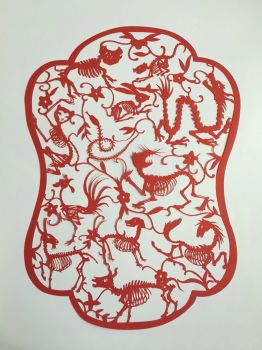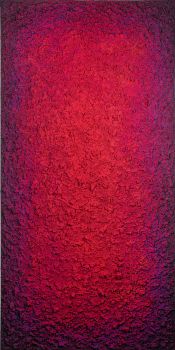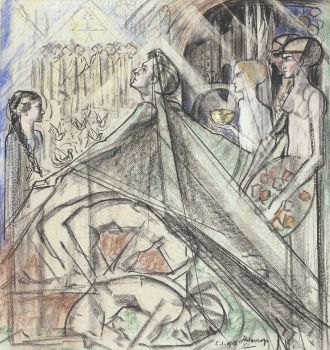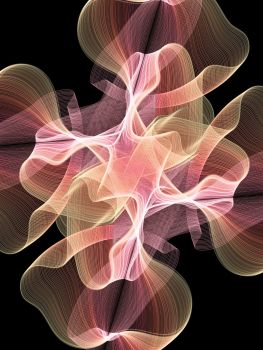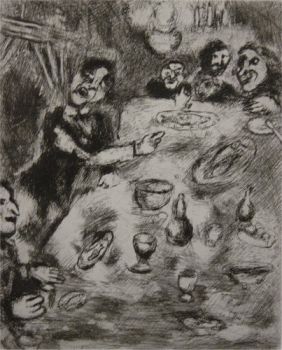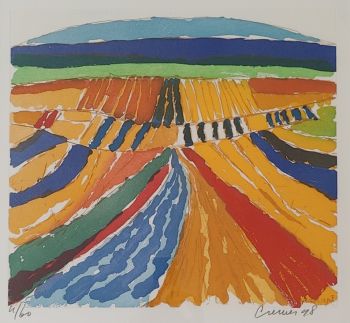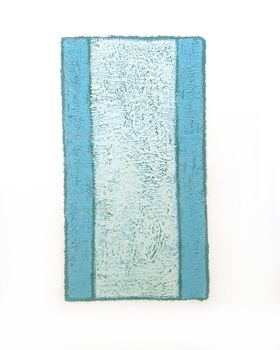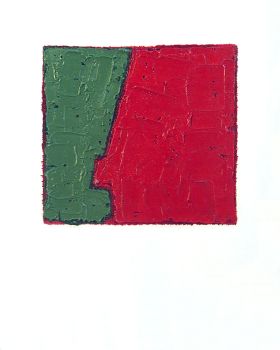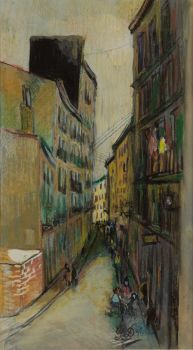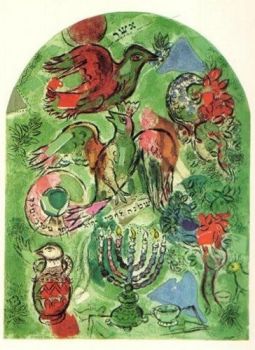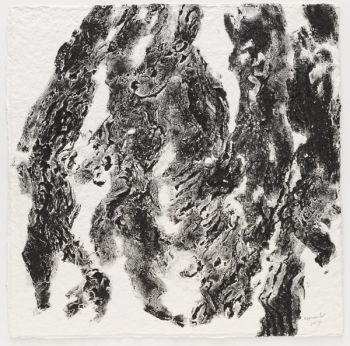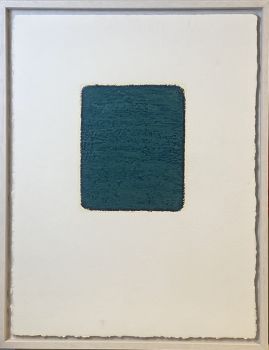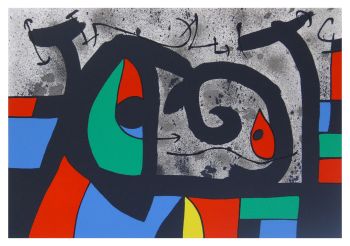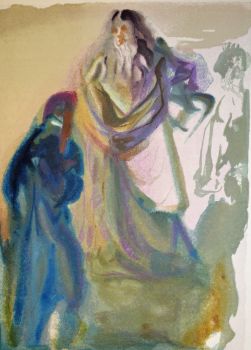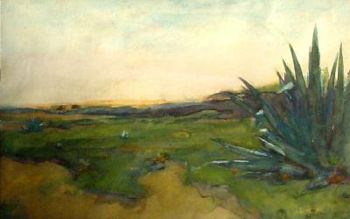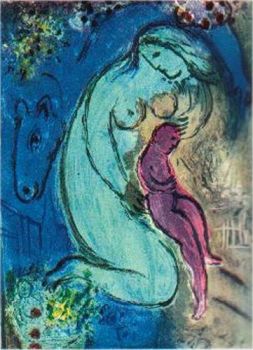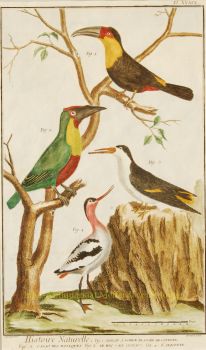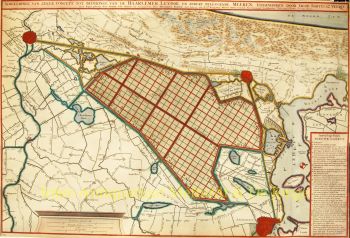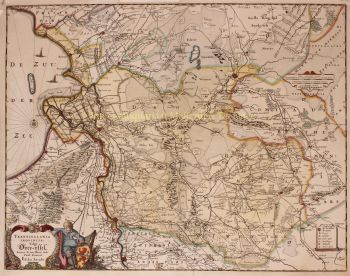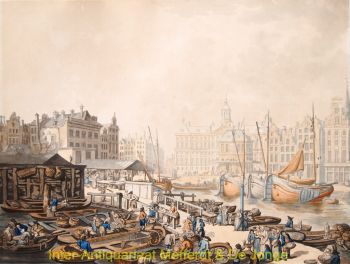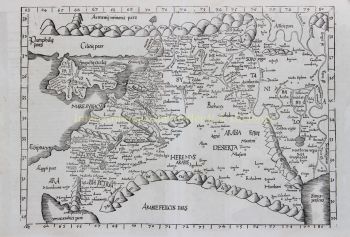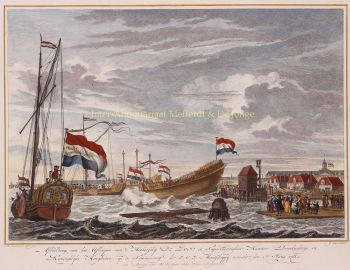Celestial chart 1750
Matthias Seutter
PapierImprimer
48 ⨯ 57 cm
€ 1.950
Inter-Antiquariaat Mefferdt & De Jonge
- Sur l'oeuvre d'artPlanisphaerium Coeleste. Copper engraving published by Matthäus Seutter in Nuremberg around 1750. Coloured by a leter hand. Size: 48 x 57 cm. This chart shows us the stars of the Northern and Southern Hemispheres depicted as allegorical figures, animals and scientific instruments. The style of the constellations follows the Firmamentum Sobiescianum sive Uranographia from 1687 by the Polish astronomer Johannes Hevelius. The chart's design was based on work by the Nuremberg astronomer Georg Christoph Eimmart (1638-1705). In addition to the hemispheres, we see seven diagrams against a background of clouds. At the top left texts from Genesis: God called the light "day", and the darkness He called "night". At the top right the phases of the moon as seen from earth. In the center at the top we see God as the Creator, seated on a cloud and accompanied by putti. At the bottom left: the illumination of the moon by the sun, astronomical models by Tycho Brahe, Copernicus and Ptolemy as well as a model by Van Lansberge about the movement of the earth around the sun. A key to the size of the stars on the hemispheres is shown in the center. Price: Euro 1.950,-
- Sur l'artiste
Matthias Shutter est né en 1678 en Allemagne. Il était l'un des éditeurs de cartes allemands les plus importants et les plus prolifiques du XVIIIe siècle. Seutter a commencé sa carrière en tant qu'apprenti brasseur. Apparemment peu inspiré par le commerce de la bière, Seutter a quitté son apprentissage et a déménagé à Nuremberg où il a fait son apprentissage de graveur sous la tutelle de l'éminent J. B. Homann. Au début du XVIIIe siècle, Seutter quitta Homann pour fonder sa propre maison d'édition cartographique indépendante à Augsbourg. Bien qu’il ait eu des difficultés dans les premières années de son indépendance, les compétences de gravure de Seutter et son engagement dans la production de cartes diversifiées lui ont finalement valu une clientèle considérable. La plupart des cartes de Seutter étaient largement basées sur, sinon des copies, des travaux antérieurs réalisés par les sociétés Homann et Delisle. En 1732, Seutter était l'un des éditeurs les plus prolifiques de son temps et fut honoré par l'empereur allemand Charles VI du titre de «Géographe impérial». Seutter a continué à publier jusqu'à sa mort, au sommet de sa carrière, en 1757. La société Seutter a continué sous le fils wastrel de Seutter Albrecht Carl jusqu'à sa mort en 1762. Après la mort d'Albrecht, la société a été divisée entre la société Probst établie et la société émergente société de Tobias Conrad Lotter. Lotter, gendre de Matthäus Seutter, était un maître graveur et travaillait pour le compte du cabinet Seutter. Seutter est mort en 1757.
Êtes-vous intéressé par l'achat de cette oeuvre?
Artwork details
Related artworks
- 1 - 4 / 24
- 1 - 4 / 24
- 1 - 4 / 24
- 1 - 4 / 12







